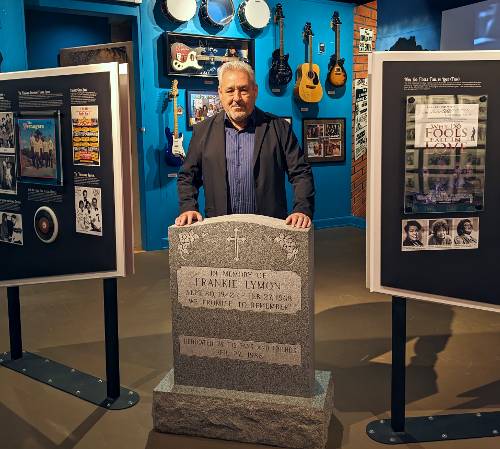Dr. J's Blog

Rock and Roll History, News & Views
- Details
- Category: Dr. J's Blog
The Michigan Rock and Roll Legends Hall of Fame in conjunction with the Historical Museum of Bay County is producing a unique series of videos that document the early history of rock and roll music in the state.
- Details
- Category: Dr. J's Blog
The Michigan Rock and Roll Legends Hall of Fame and the Bay County Historical Society are proud to announce our 2024 MRRL HOF inductees in both the Michigan Artist and Legendary Michigan Song categories.
- Details
- Category: Dr. J's Blog
The failure of their equipment to arrive in time for their first Michigan gig in the summer of 1967 led to a friendship between The Who and SRC and an offer for the Ann Arbor band to record for The Who's record label.
- Details
- Category: Dr. J's Blog
Once again, my longtime friend and fellow music lover, Larry Van Cleve and I have put together our annual lists of what we liked best from the past year. As usual, my list is in alphabetical order but this year I added something new – a section that recognizes some great recordings by Michigan artists.
- Details
- Category: Dr. J's Blog
Lou Pazienza has an unusual hobby. The Rhode Island native (75) lives in Cranston, a city of around 80,000, located just south of the capital of Providence. He started creating unique displays about 16 years ago on the lawn of his sister’s house, the former home of their parents. The lawn project that captured my attention recently, however, was his elaborate creation that celebrated the 56th anniversary of “96 Tears reaching # 1 on Billboard’s Hot 100.
- Details
- Category: Dr. J's Blog
My good friend, and fellow music junkie, Larry Van Cleve and I share our annual listings of what we feel are the best albums/CDs of the past year. It’s what older guys do.
Dr. J’s Best Albums of 2022 (in alphabetical order)
- Best Albums of 2021: Two Views Pt. 2 - Larry V
- Best Albums of 2021: Two Views Pt. 1 - Dr. J
- Frankie Lymon's Tombstone Blues 9: The Museum
- Frankie Lymon's Tombstone Blues 8: The Endgame
- Frankie Lymon's Tombstone Blues 7: The U.G.H.A.
- Frankie Lymon's Tombstone Blues 6: The Decisions
- Frankie Lymon's Tombstone Blues 5: The Wives
- Frankie Lymon's Tombstone Blues 4: The Reunions
- Frankie Lymon's Tombstone Blues 3: The Revival
- Frankie Lymon's Tombstone Blues 2: The Downslide

